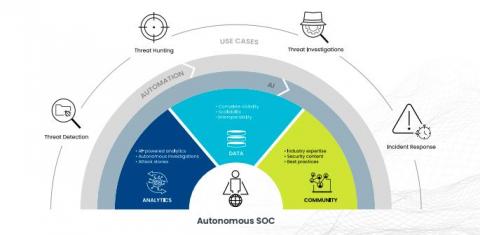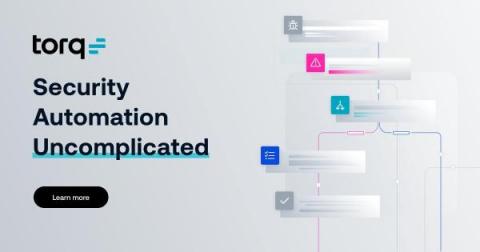Three reasons why Security Operations Centers (SOCs) are adopted
Company IT and security teams are facing cybersecurity challenges that increasingly test their defensive capabilities. Organizations have to protect themselves from a growing number of incidents (one attack every 39 seconds, according to the University of Maryland) and sophisticated threats, many of which have serious consequences.











